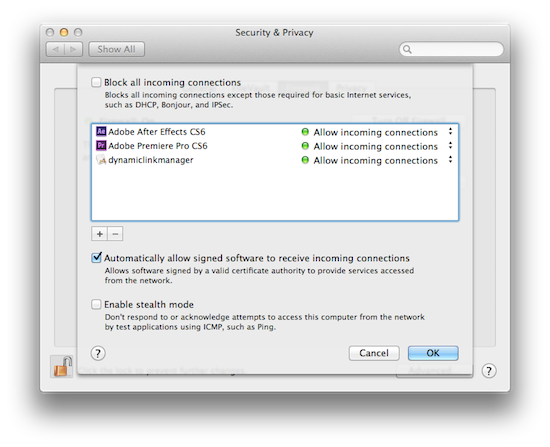Dynamic personalization capabilities provide a unique ability to use rich media templates to easily manipulate the content and properties of images within banners or emails. Templates allow for streamlined localization, targeted promotions, or personalized content variations. Adobe is changing the world through digital experiences. We help our customers create, deliver and optimize content and applications. Adobe is changing the world through digital experiences. We help our customers create, deliver and optimize content and applications. All together now. All together now. The new release of Adobe Creative Cloud gives you all the best creative apps and services, so you can stay more connected and creative wherever you’re inspired. For macOS – In the Drag & drop to install dialog box, drag Adobe Dynamic Media Classic and drop it onto Applications. In the Applications folder, tap the Adobe Dynamic Media Classic icon. In the dialog box, tap Open to open the Adobe Dynamic Media Classic desktop app.


Cover image via
Streamline your post production workflow with Dynamic Link. Discover how to edit in Premiere Pro and seamlessly link to new and existing After Effects projects.
The days of exporting movie files back and forth from Premiere Pro to After Effects are over. In this tutorial, we’ll show you how to work smarter (not harder!) by taking advantage of Adobe’s Dynamic Link tool. Now you can seamlessly move back and forth between Premiere and AE without all the hassles. A major timesaver for creating support graphics for your video projects!
Integrate After Effects Projects in Premiere Pro
In this example, we’ll be creating titles in After Effects that we want to integrate into a Premiere Pro project. Dynamic Link makes it possible to quickly bring in an After Effectscomposition into Premiere, as well as update changes made in AE to show up in Premiere throughout the editing process (very useful if you need to make changes to titles, fonts, etc). Let’s take a closer look…
In Premiere Pro select File > Dynamic Link > Create New After Effects Composition.
A “New After Effects Comp” dialog box opens with matching settings. Click OK, as you want the settings to match between Premiere Pro & After Effects (very important!)
After Effects opens with a “Save As” dialog. Name your project here. Name it something specific. As a general rule save it with your Premiere Pro projects for better organization.

You now have an open After Effects Composition (equivalent to a Sequence in Premiere Pro).
Create your titles or lower thirds in After Effects and then use Command + Tab (Mac) or Alt + Tab (PC) to switch back to Premiere Pro (more on this great shortcut here).
The Dynamic Link Composition appears in your Premiere Pro project. Drag it to your Sequence on a track above your video.


Adobe Media Encoder Dynamic Link Error Mac
Now because the AE composition was created using Adobe’s Dynamic Link, when you switch back to After Effects and make changes the changes will automatically update in Premiere Pro. Although the link updates without saving in After Effects, it’s always good to remember to save.
Adobe Dynamic Link Missing
Now, let’s say you walk away for the day and close your projects down. The next time you sit down to edit how do you continue working with Dynamic Link? Easy…in Premiere Pro right-click on the Dynamic Link project and select “Edit in Original”.
This will open the After Effects project and you can continue working. Again, your changes will automatically be updating in Premiere Pro.
Adobe Dynamic Link Install
Much like Apple’s round-tripping feature from Motion to Final Cut Pro, Adobe’s Dynamic Link makes it easy to integrate (and modify) graphics in your video editing projects. Use Dynamic Link to make your Premiere to After Effects workflow more efficient!